Home>Gardening & Outdoor>Landscaping Ideas>What To Do If Fertilizer Burns Grass
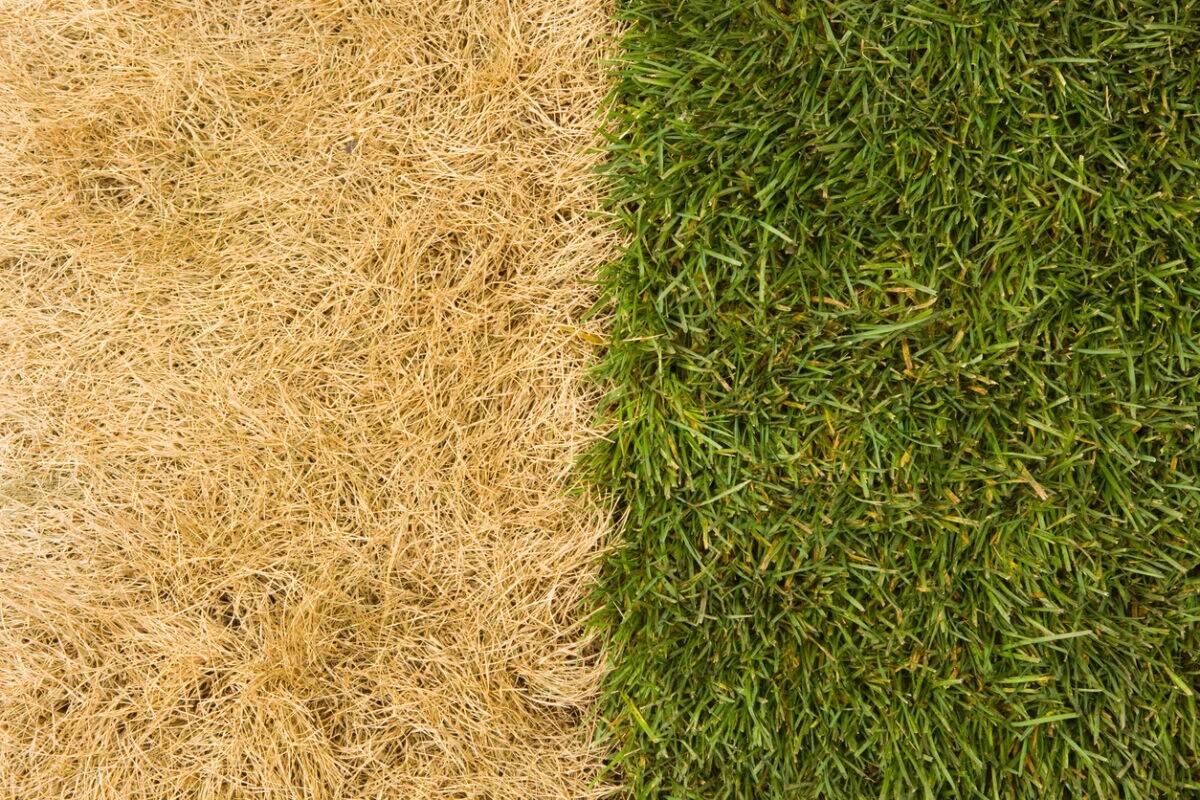

Landscaping Ideas
What To Do If Fertilizer Burns Grass
Modified: August 17, 2024
Learn effective landscaping ideas to repair and prevent fertilizer burns on grass. Discover expert tips to revive your lawn and maintain its lush green appearance.
(Many of the links in this article redirect to a specific reviewed product. Your purchase of these products through affiliate links helps to generate commission for Storables.com, at no extra cost. Learn more)
Introduction
Landscaping enthusiasts often rely on fertilizers to nourish their lawns and promote healthy, vibrant grass growth. However, despite the best intentions, fertilizer application can sometimes lead to unintended consequences, such as fertilizer burns on the grass. When this occurs, it can be disheartening to witness the lush greenery turn brown and lifeless due to chemical stress.
In this comprehensive guide, we will delve into the causes of fertilizer burns, the steps to take when fertilizer burns grass, and strategies to prevent such incidents in the future. By understanding the intricacies of fertilizer burns and implementing proper care techniques, you can restore your lawn to its former splendor and foster an environment for thriving, resilient grass. Let's explore the world of fertilizer burns and how to effectively address and prevent them.
Key Takeaways:
- Don’t panic if your grass gets fertilizer burns! Diligent watering, mowing, and soil testing can help mitigate the damage and promote recovery, restoring your lawn’s lush appearance.
- Prevent future fertilizer burns by calibrating application, choosing the right fertilizer, and timing applications thoughtfully. Regular soil testing and proper watering also play key roles in maintaining a healthy, vibrant lawn.
Read more: What Does Burning Your Grass Do
Understanding Fertilizer Burns
Before delving into the remedial measures, it’s crucial to comprehend the underlying causes of fertilizer burns on grass. Fertilizer burns occur when the concentration of nutrients in the fertilizer is too high, leading to an imbalance that damages the grass. This imbalance can result from overapplication of fertilizer, uneven spreading, or the use of a fertilizer with a high nitrogen content.
When excessive nutrients come into contact with the grass, they disrupt the delicate osmotic balance within the plant cells, causing dehydration and scorching. The visible symptoms of fertilizer burns include yellowing or browning of the grass, wilting, and in severe cases, the formation of dead patches.
It’s important to note that fertilizer burns can also be exacerbated by environmental factors such as heat and drought. During periods of high temperature and limited moisture, grass is more susceptible to stress, making it less resilient to the effects of fertilizer burns.
By recognizing the signs and understanding the mechanisms behind fertilizer burns, you can take targeted steps to mitigate the damage and facilitate the recovery of your grass. With this knowledge in hand, let’s explore the proactive measures to address fertilizer burns on your lawn.
Steps to Take When Fertilizer Burns Grass
Upon discovering that your grass has fallen victim to fertilizer burns, prompt action is essential to minimize the damage and initiate the healing process. Here are the crucial steps to take when fertilizer burns grass:
- Watering: Immediately irrigate the affected area to dilute the concentration of the fertilizer and alleviate the stress on the grass. Thoroughly soaking the area can help flush out the excess nutrients and rehydrate the grass, promoting recovery.
- Mowing: Trim the affected grass to remove the damaged portions. This not only improves the aesthetic appeal of the lawn but also encourages new growth by redirecting the plant’s energy towards healthy regrowth.
- Soil Testing: Conduct a soil test to assess the nutrient levels and pH balance. This analysis can provide valuable insights into any existing nutrient imbalances and guide the appropriate fertilization regimen moving forward.
- Applying Activated Charcoal: Applying activated charcoal to the affected area can help absorb excess nutrients and mitigate the impact of the fertilizer burn. This natural remedy aids in restoring the soil’s equilibrium and fostering a conducive environment for grass recovery.
- Overseeding: Once the immediate effects of the fertilizer burn have been addressed, consider overseeding the affected area to promote new grass growth and expedite the restoration of the lawn’s lush appearance.
- Monitoring: Keep a close watch on the affected area, observing the grass’s response to the remedial measures. Adjust the watering frequency and monitor the regrowth to ensure that the grass is on the path to recovery.
By diligently following these steps, you can effectively mitigate the impact of fertilizer burns on your grass and pave the way for rejuvenation and revitalization.
If fertilizer burns your grass, water the area thoroughly to dilute the fertilizer and prevent further damage. Avoid fertilizing during hot, dry conditions to prevent burning.
Preventing Fertilizer Burns in the Future
While addressing fertilizer burns is crucial, implementing preventive measures is equally vital to safeguard the health and vibrancy of your lawn. By adopting proactive strategies, you can minimize the risk of fertilizer burns and nurture a resilient, thriving grassscape. Here are key steps to prevent fertilizer burns in the future:
- Calibrated Application: Ensure precise and even application of fertilizer by calibrating your spreader and adhering to the recommended application rates. Avoid overapplication, as excess nutrients can lead to chemical stress on the grass.
- Choose the Right Fertilizer: Select a fertilizer with a balanced nutrient composition suitable for your specific grass type and the prevailing soil conditions. Consider slow-release fertilizers to provide a steady, controlled release of nutrients over time, minimizing the risk of overexposure.
- Timing: Time your fertilizer application thoughtfully, considering the grass’s growth phase and environmental conditions. Avoid fertilizing during periods of extreme heat or drought, as these conditions can heighten the susceptibility of the grass to fertilizer burns.
- Soil Testing: Regularly conduct soil tests to assess the nutrient levels and pH balance. This proactive approach enables you to tailor your fertilization regimen based on the specific needs of your lawn, preventing nutrient imbalances that could lead to fertilizer burns.
- Proper Watering: Maintain a consistent watering schedule to keep the grass adequately hydrated. Well-hydrated grass is better equipped to withstand the effects of fertilization and is less prone to succumbing to fertilizer burns.
- Environmental Considerations: Be mindful of external factors such as temperature and humidity when planning your fertilization schedule. Adjust your approach based on the prevailing environmental conditions to minimize stress on the grass.
By integrating these preventive measures into your lawn care routine, you can fortify your grass against the risk of fertilizer burns and cultivate a resilient, verdant lawn that thrives in a balanced and nurturing environment.
Conclusion
Navigating the intricacies of fertilizer burns on grass necessitates a blend of proactive prevention and strategic remediation. By understanding the underlying causes of fertilizer burns and familiarizing yourself with the steps to address and prevent them, you can safeguard the health and vitality of your lawn.
When confronted with fertilizer burns, swift and targeted action is paramount. Diligent watering, strategic mowing, and the application of remedies such as activated charcoal can aid in mitigating the impact and fostering the recovery of the affected grass. Furthermore, conducting a soil test and overseeding can contribute to the rejuvenation of the lawn, nurturing new growth and restoring its lush allure.
Looking ahead, the proactive adoption of preventive measures is instrumental in fortifying your lawn against the risk of future fertilizer burns. From calibrated application and careful fertilizer selection to mindful timing and consistent soil testing, these strategies form a comprehensive defense against the detrimental effects of fertilizer burns on grass.
By harmonizing remedial care with preventive practices, you can cultivate a resilient and vibrant lawn that flourishes in a balanced and nurturing environment. Embracing these insights empowers you to navigate the complexities of fertilizer burns with confidence, ensuring that your grass thrives and radiates natural beauty for years to come.
With a holistic approach to lawn care and a keen understanding of fertilizer burns, you are poised to nurture a verdant oasis that serves as a testament to your dedication and expertise in landscaping stewardship.
Frequently Asked Questions about What To Do If Fertilizer Burns Grass
Was this page helpful?
At Storables.com, we guarantee accurate and reliable information. Our content, validated by Expert Board Contributors, is crafted following stringent Editorial Policies. We're committed to providing you with well-researched, expert-backed insights for all your informational needs.
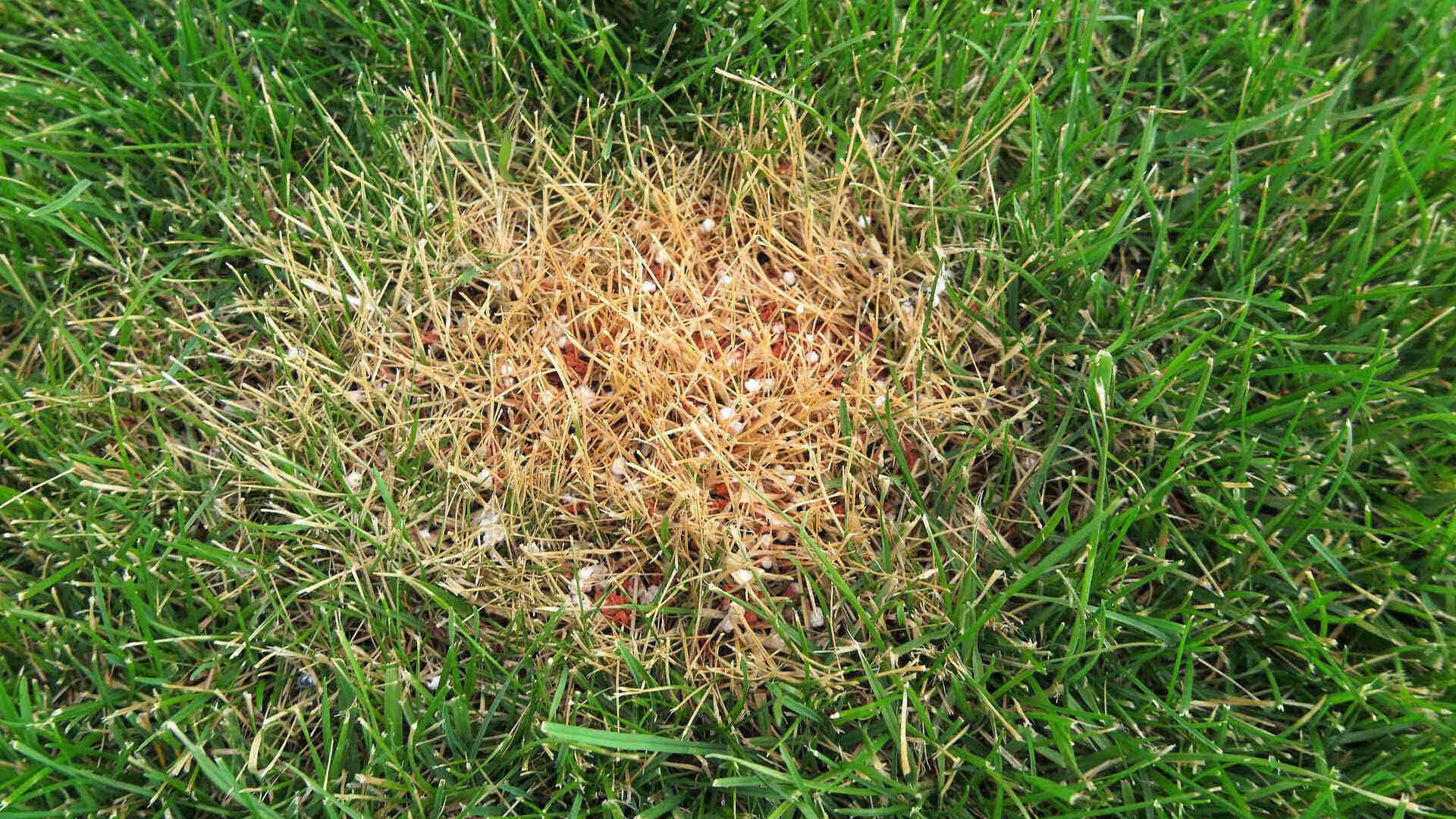
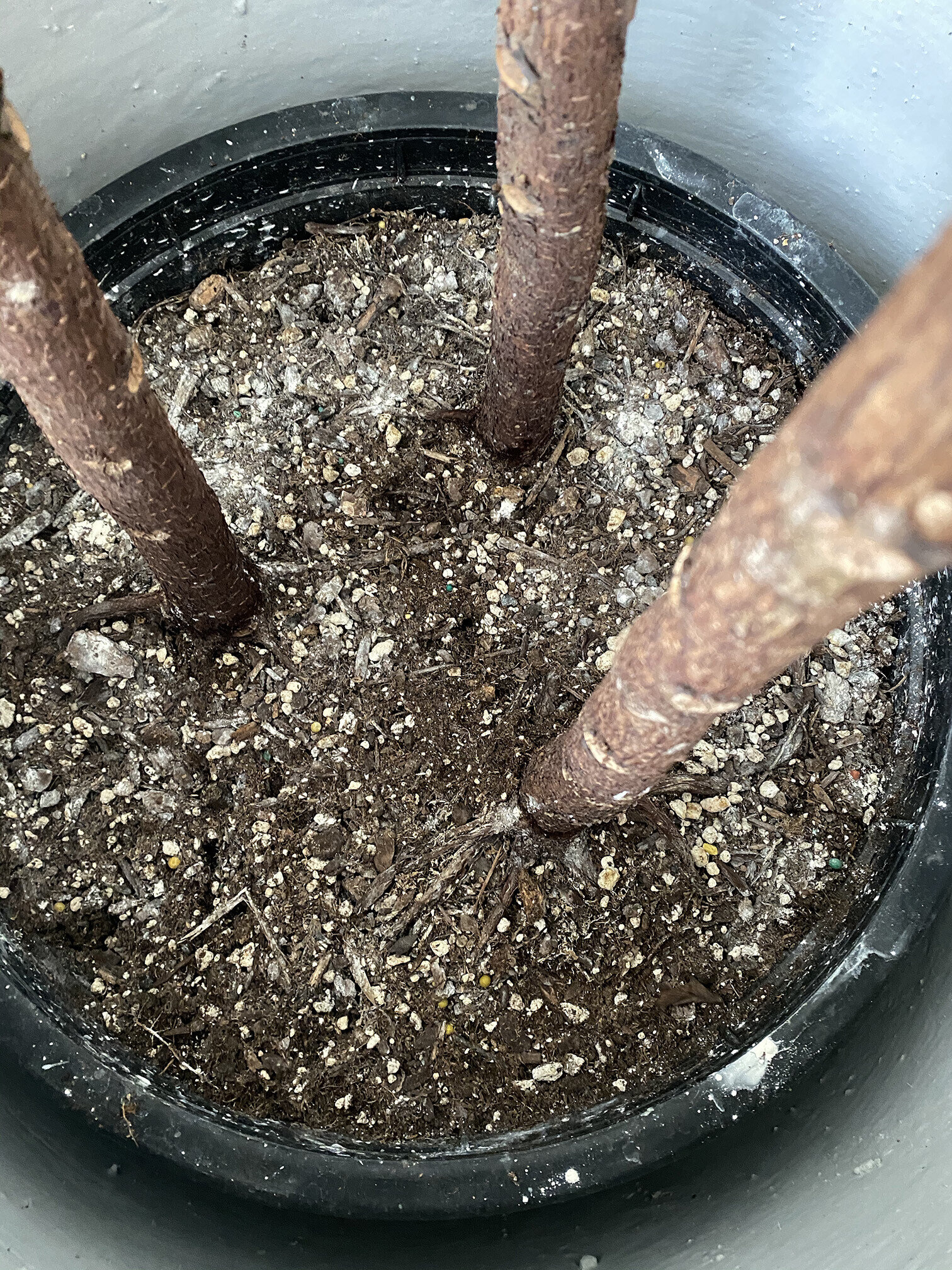
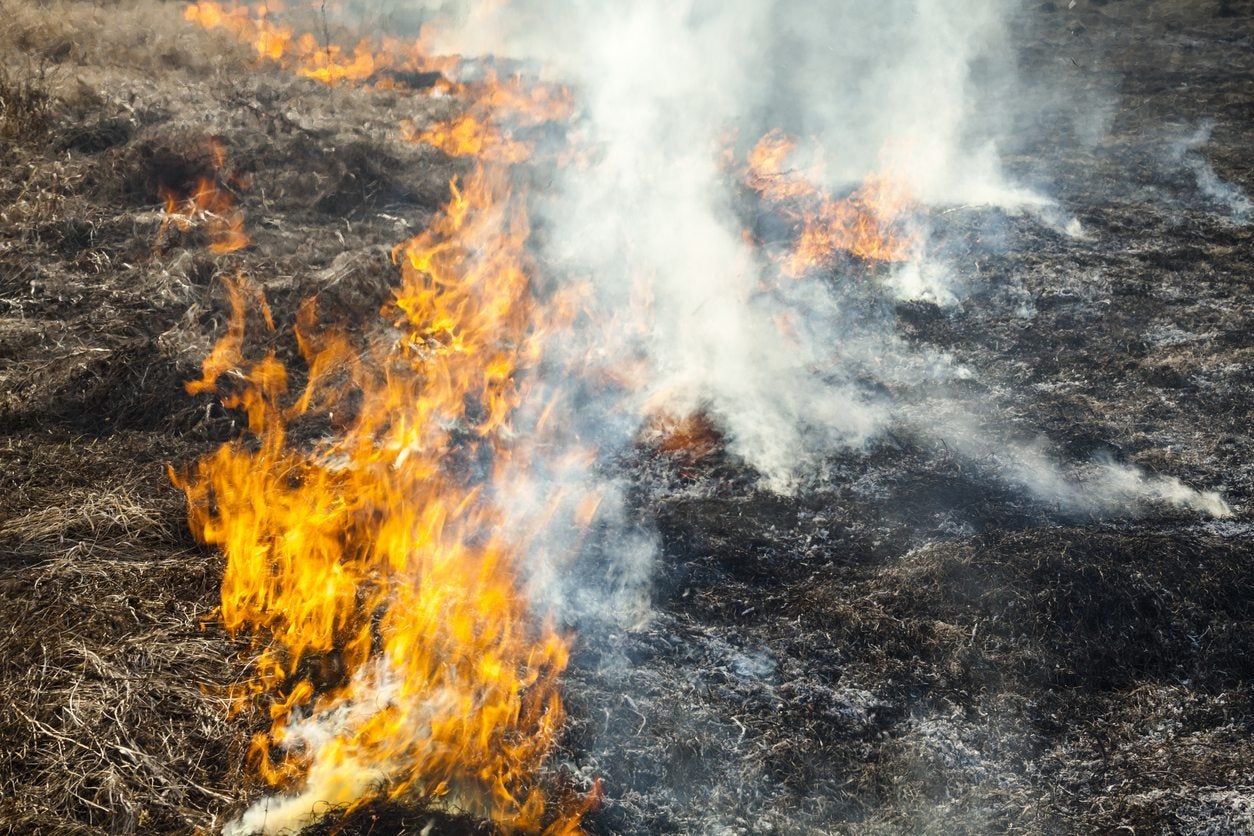
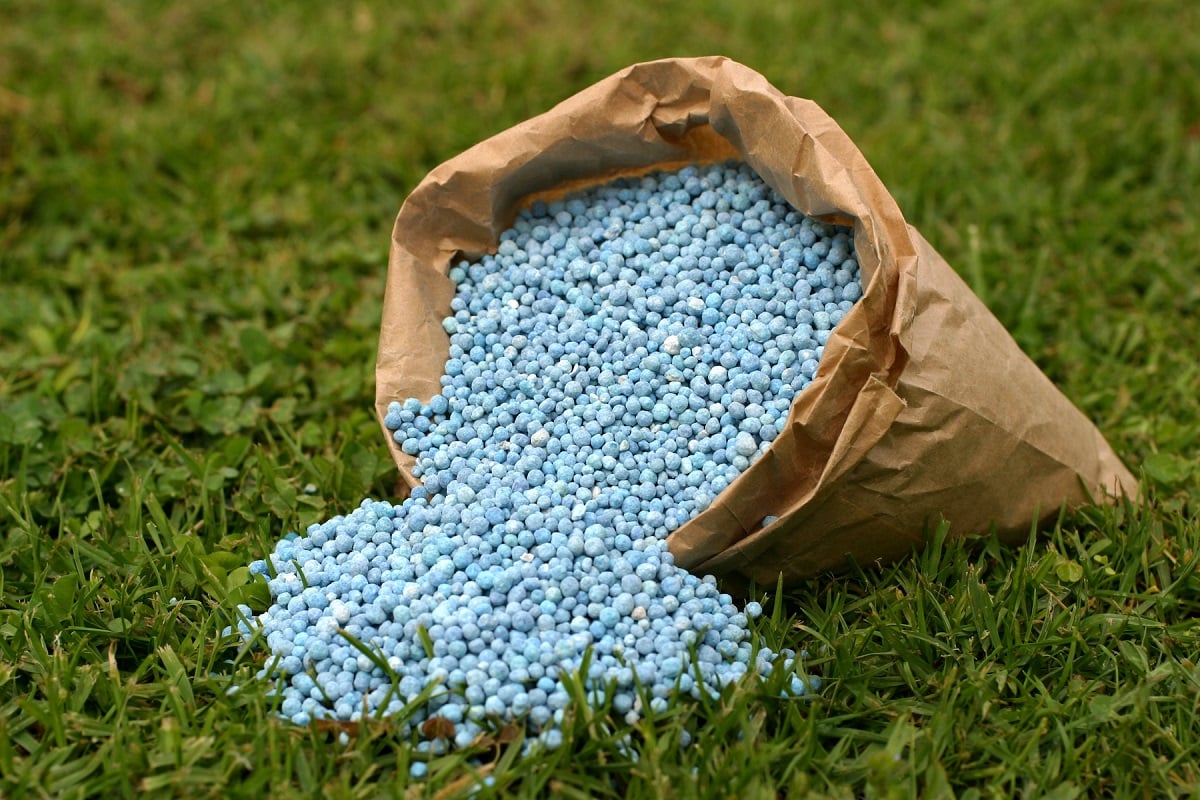
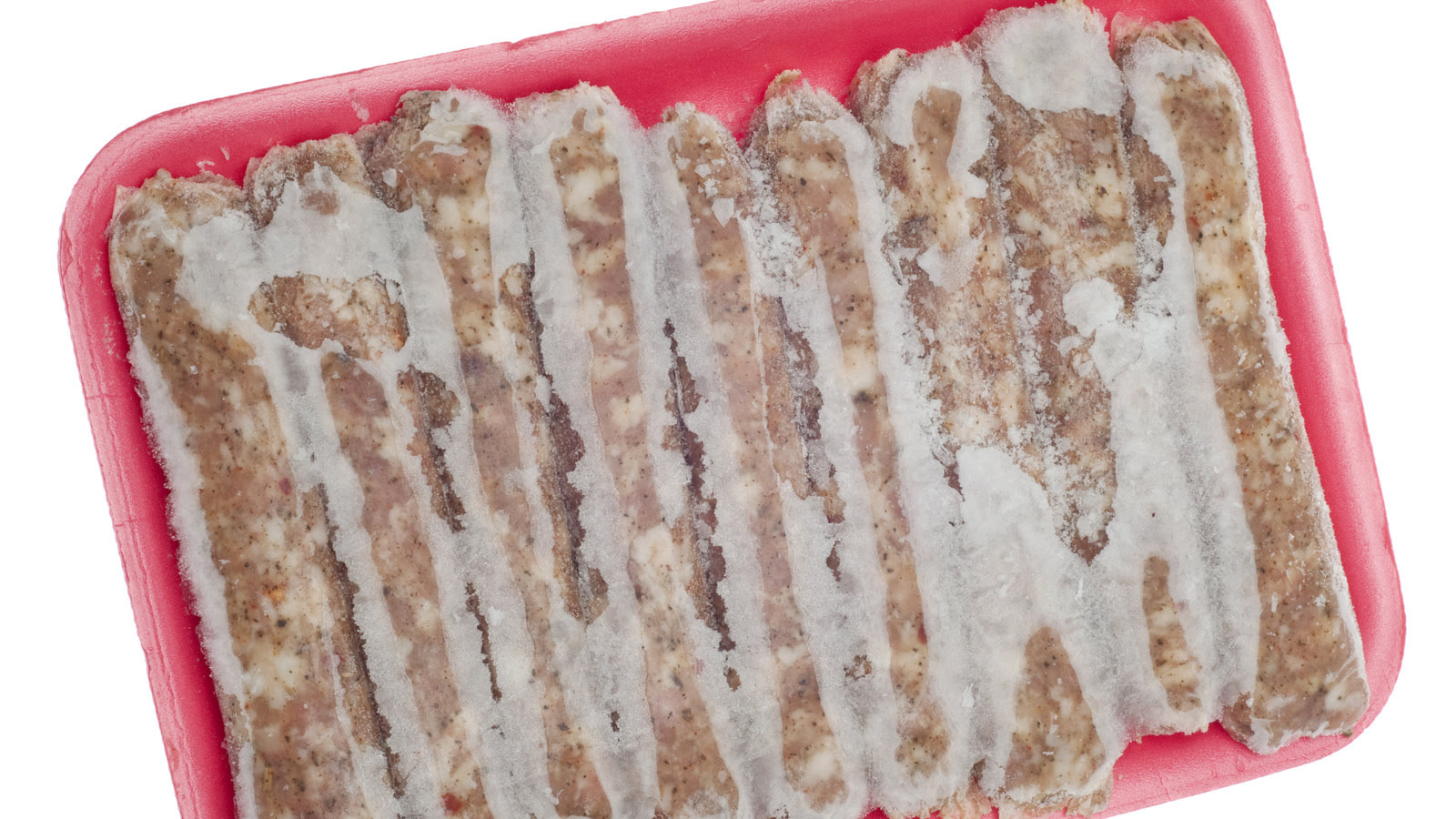

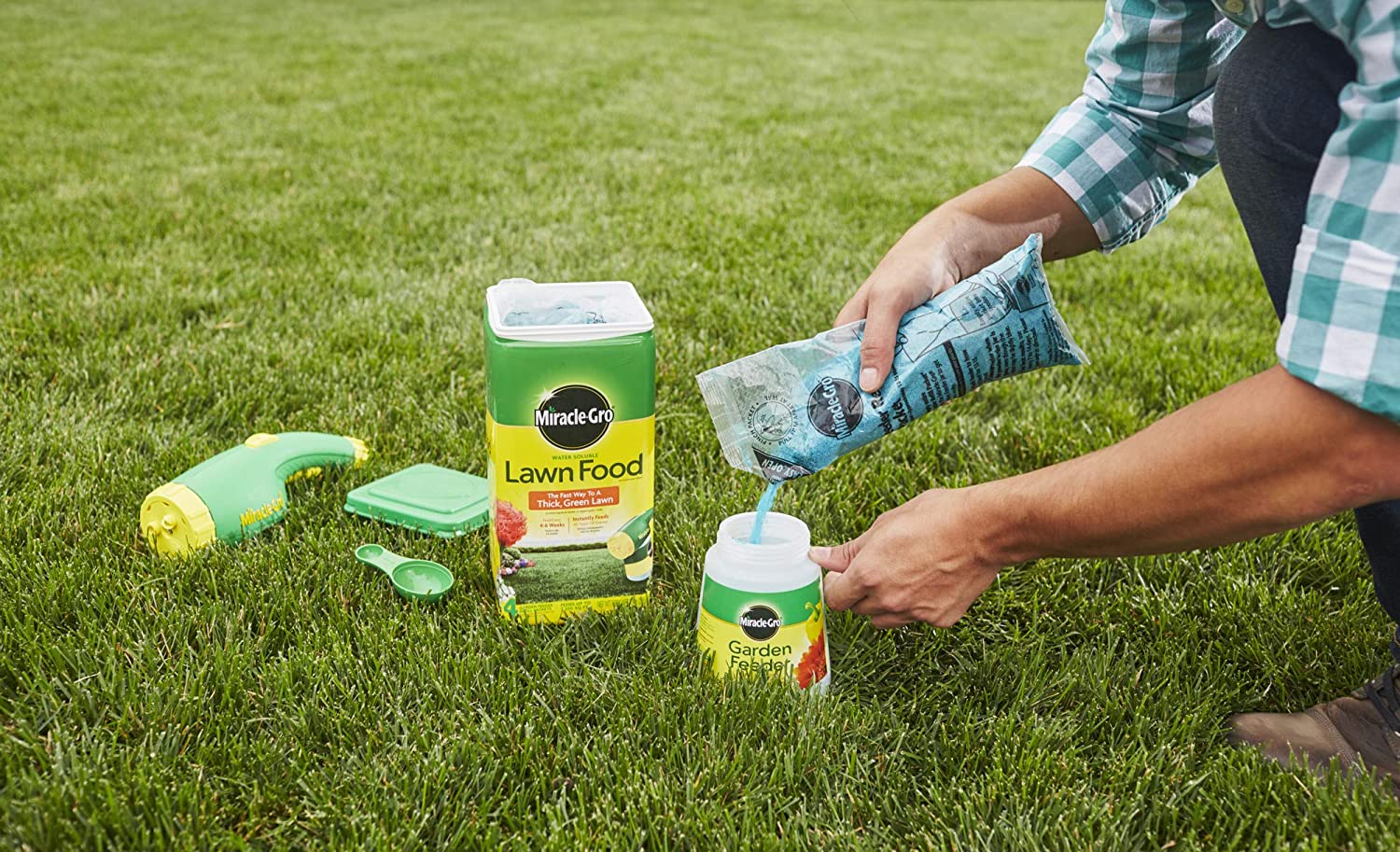
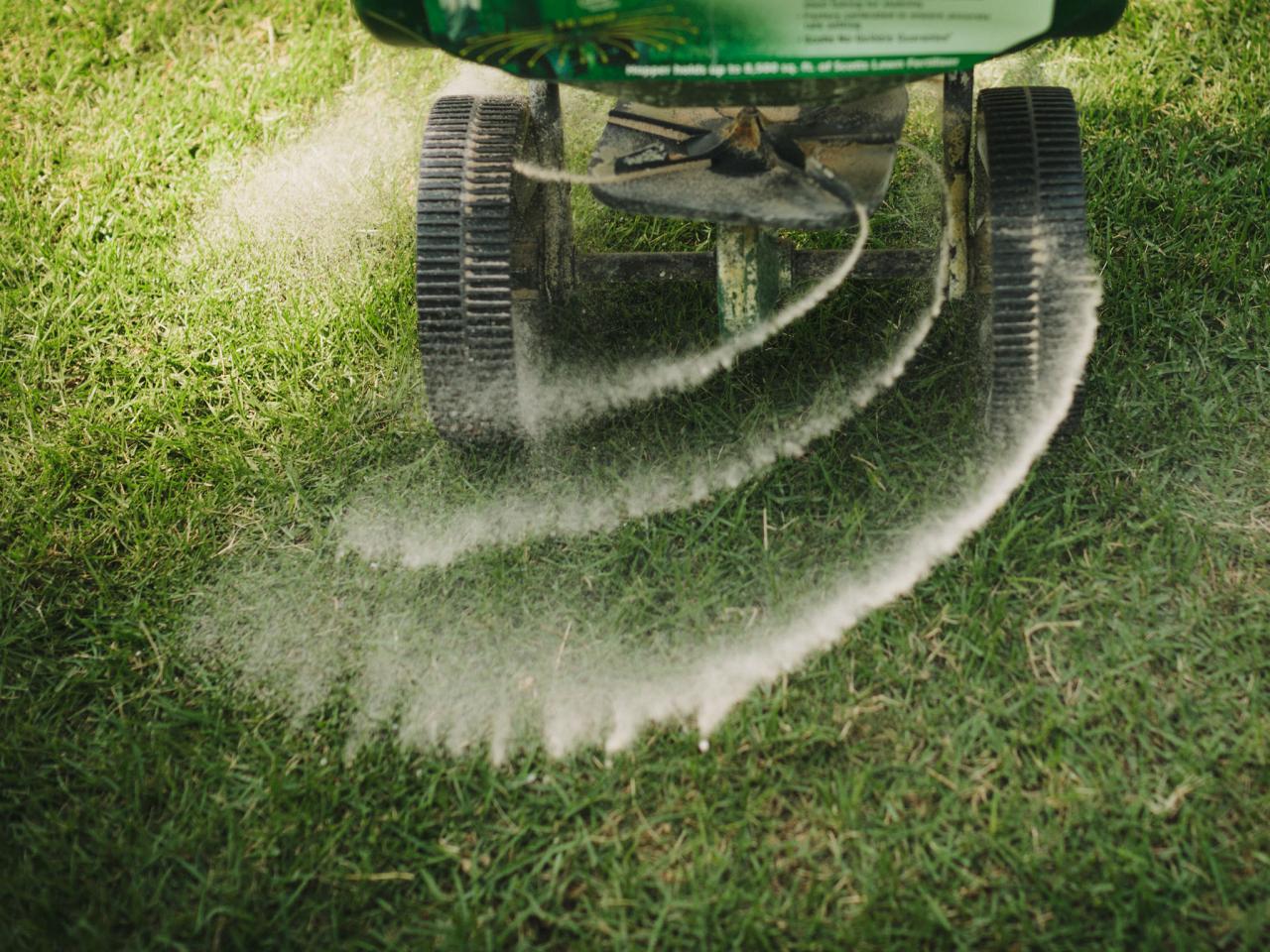
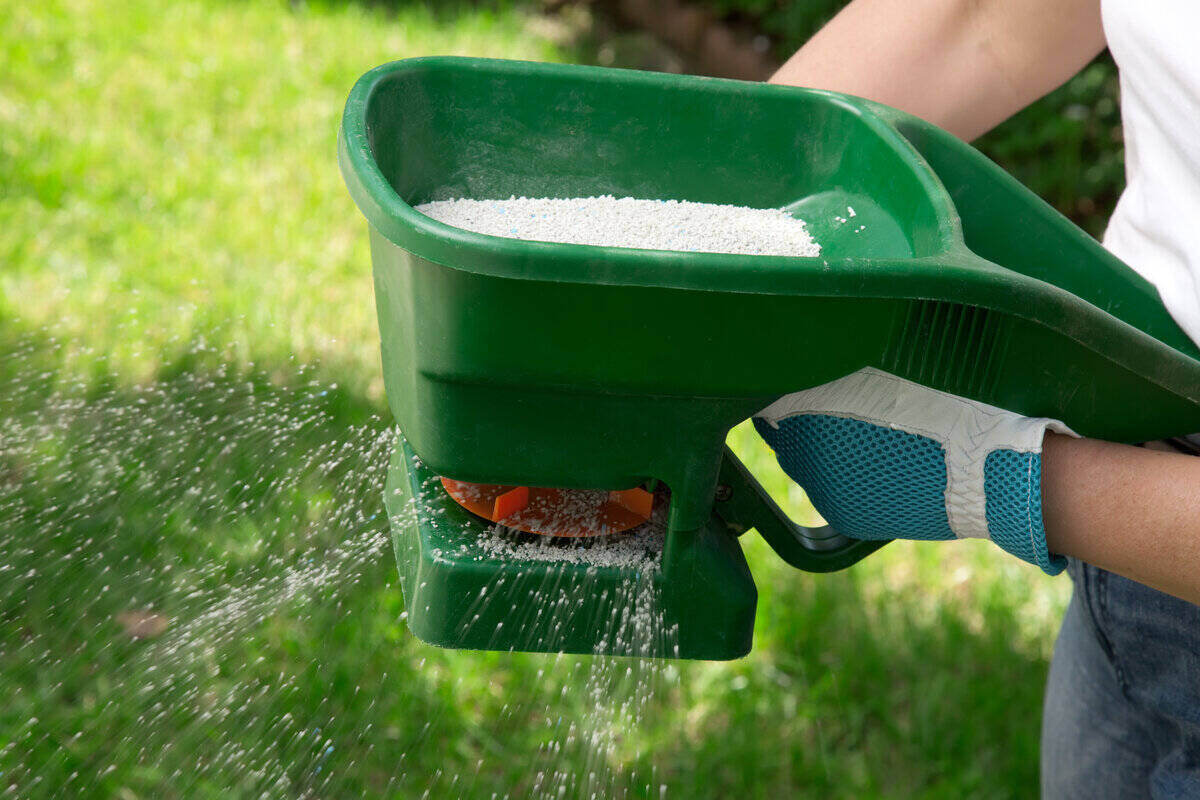
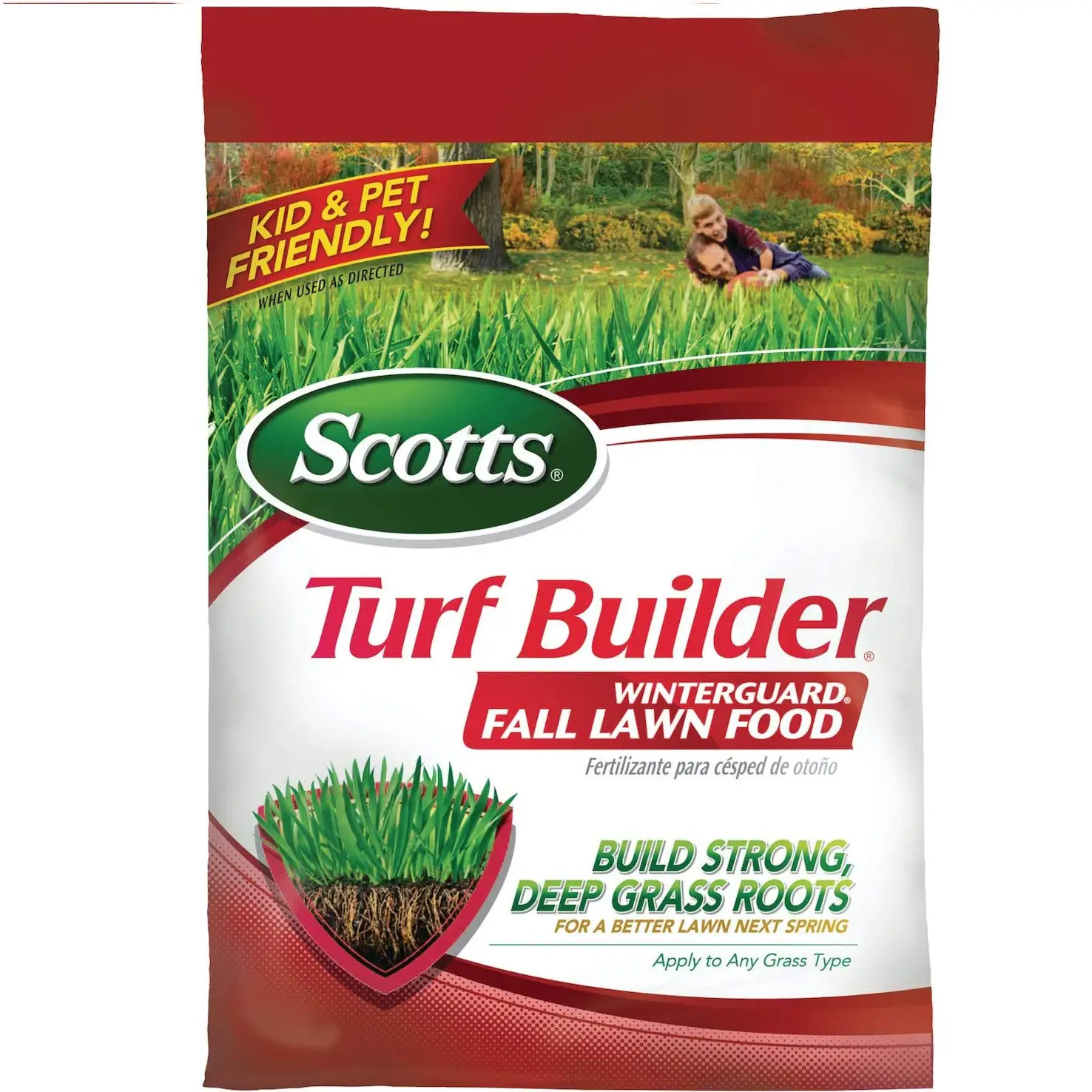
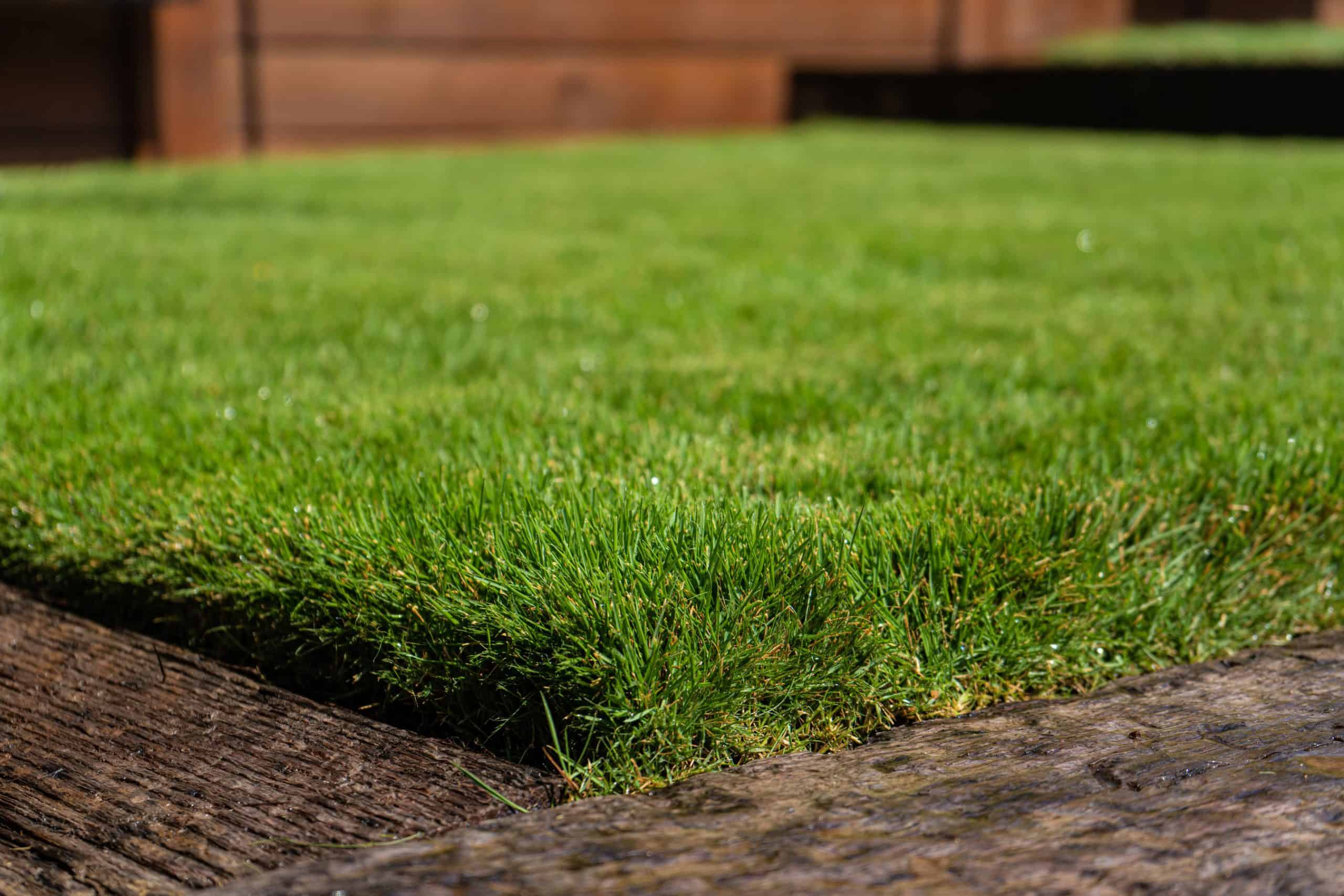
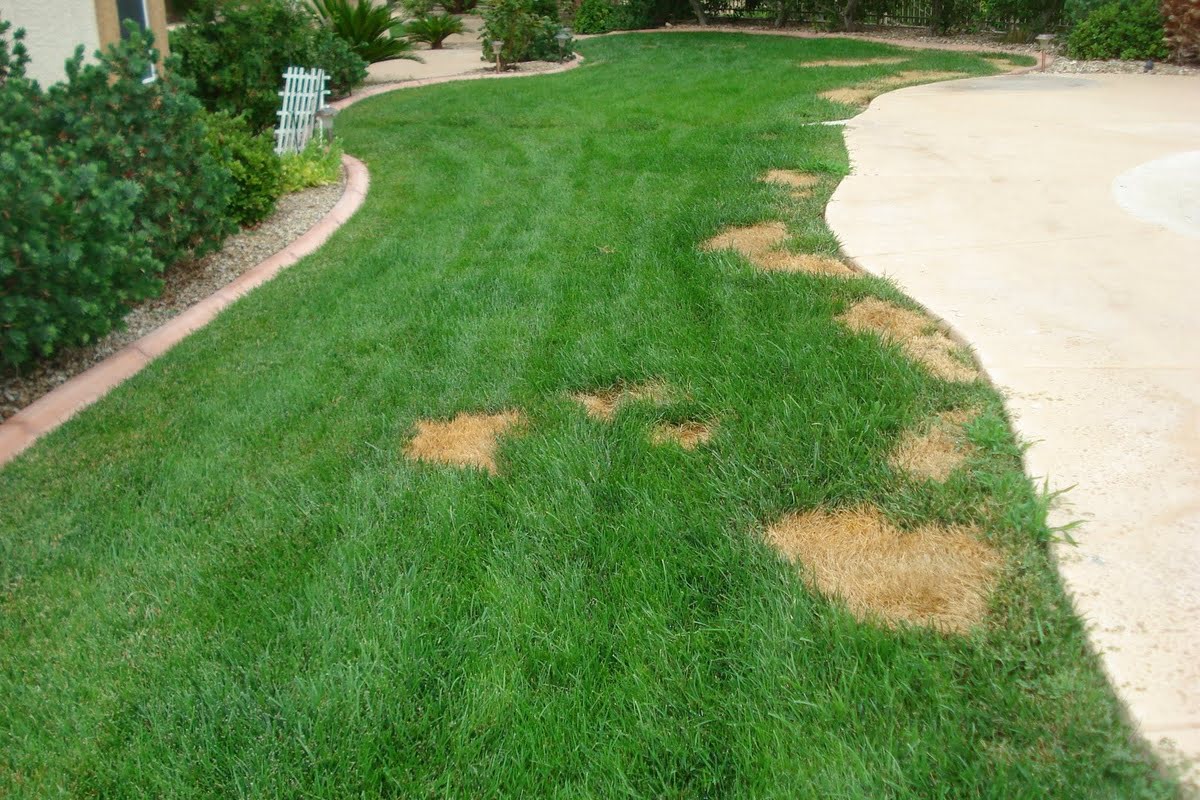
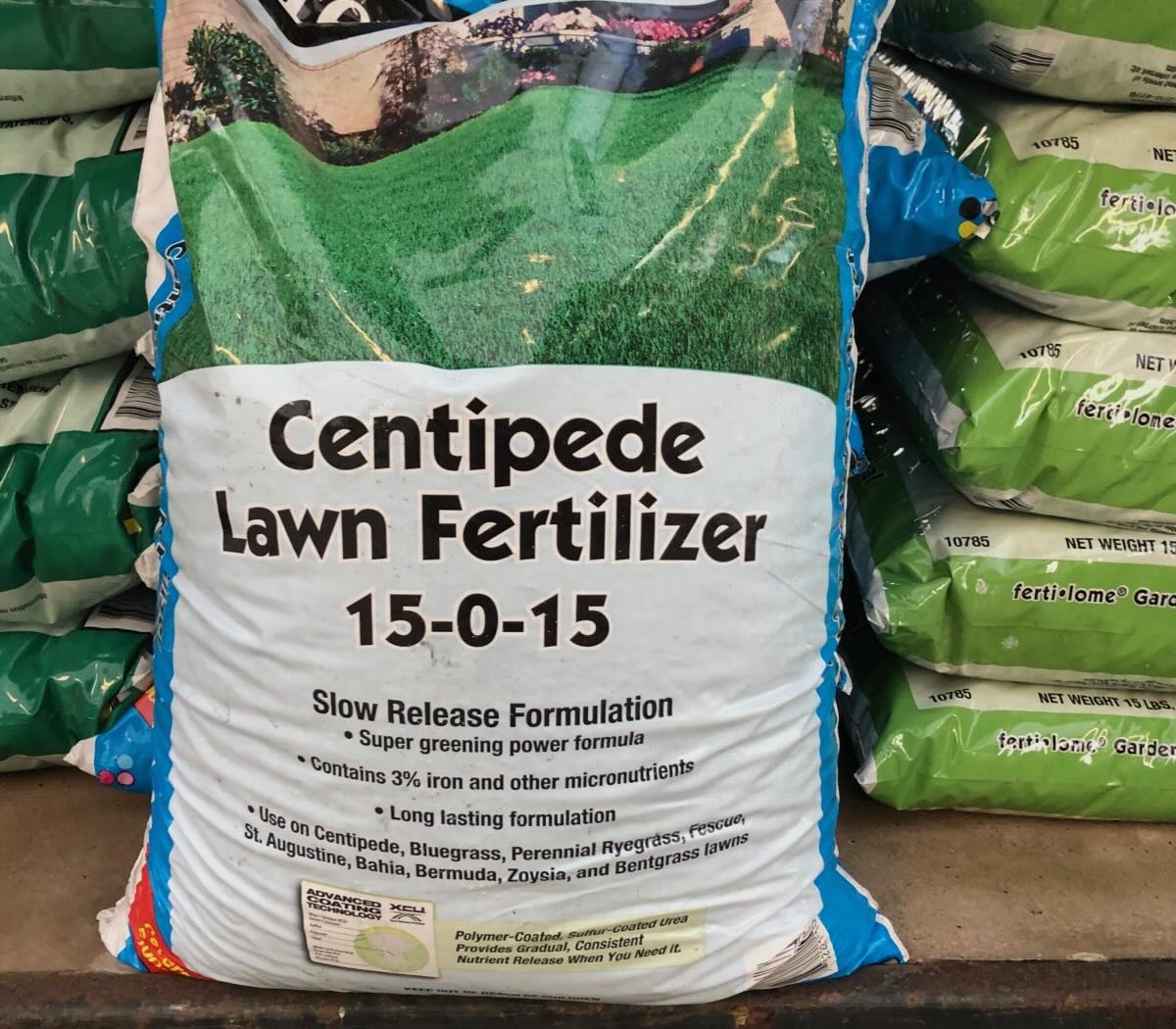
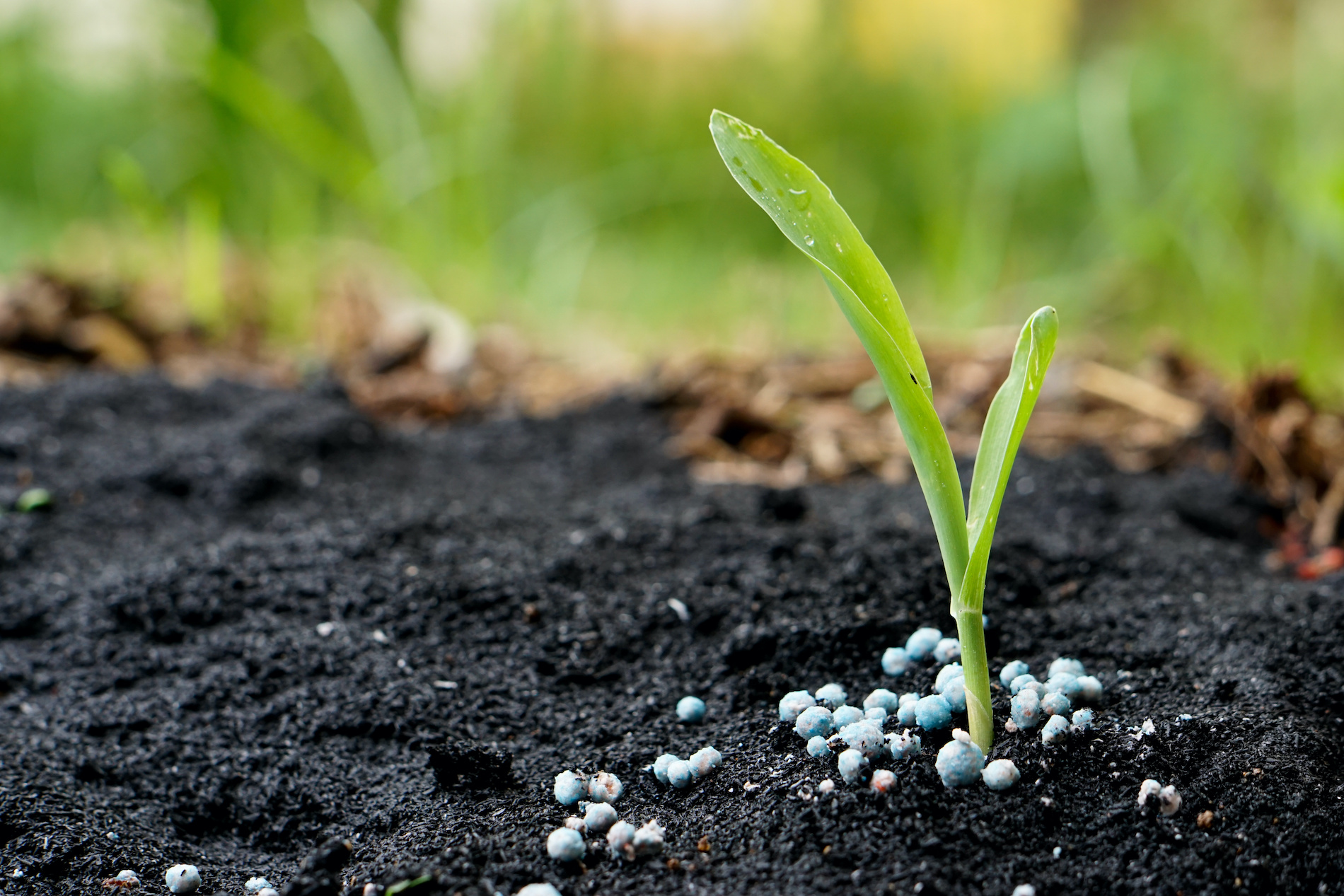
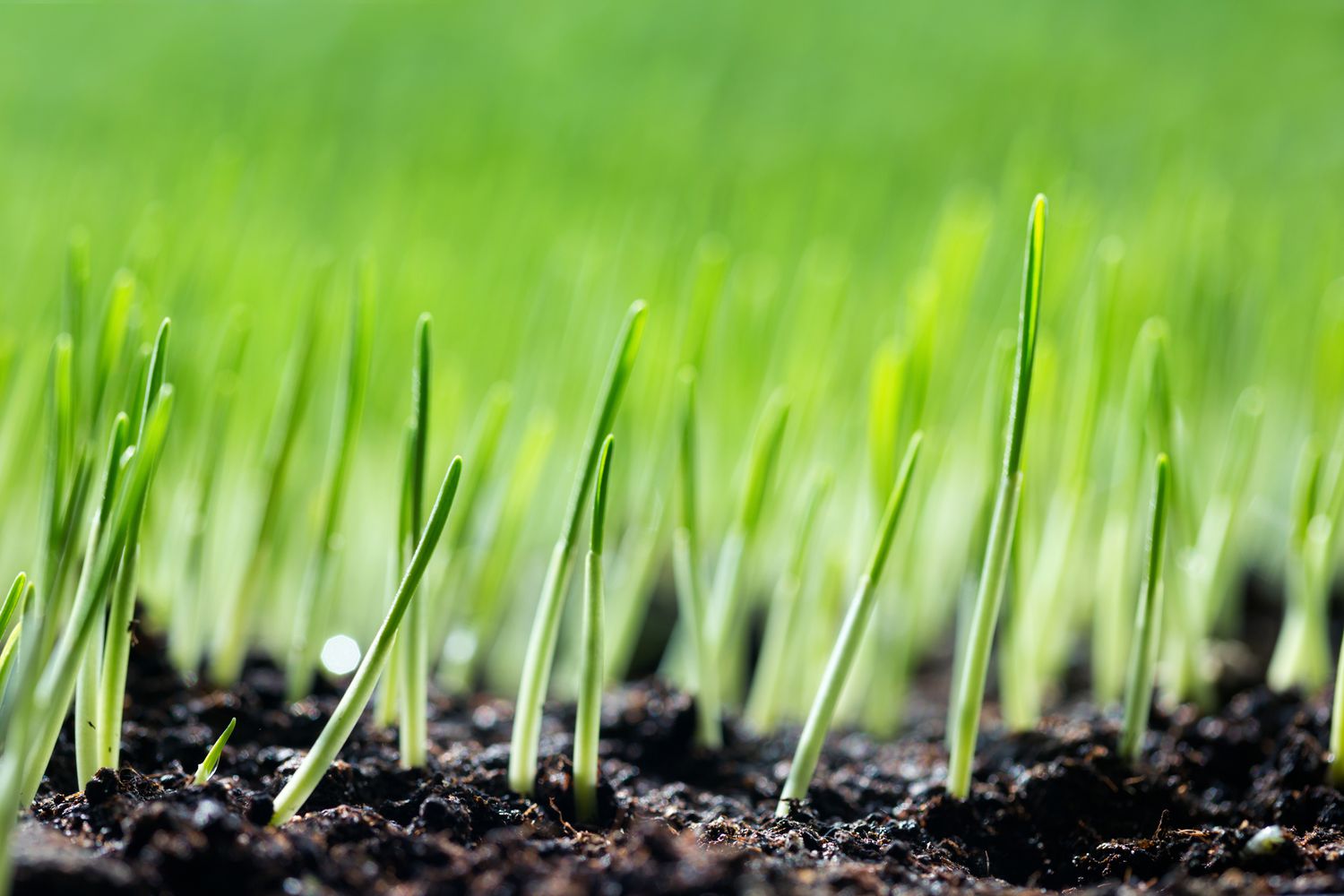

0 thoughts on “What To Do If Fertilizer Burns Grass”